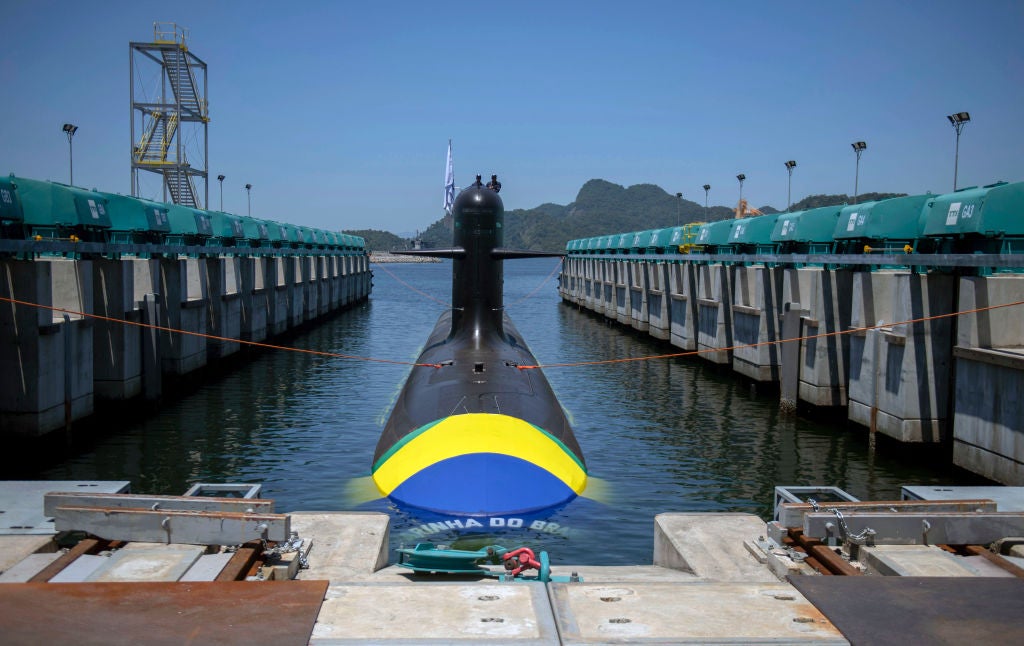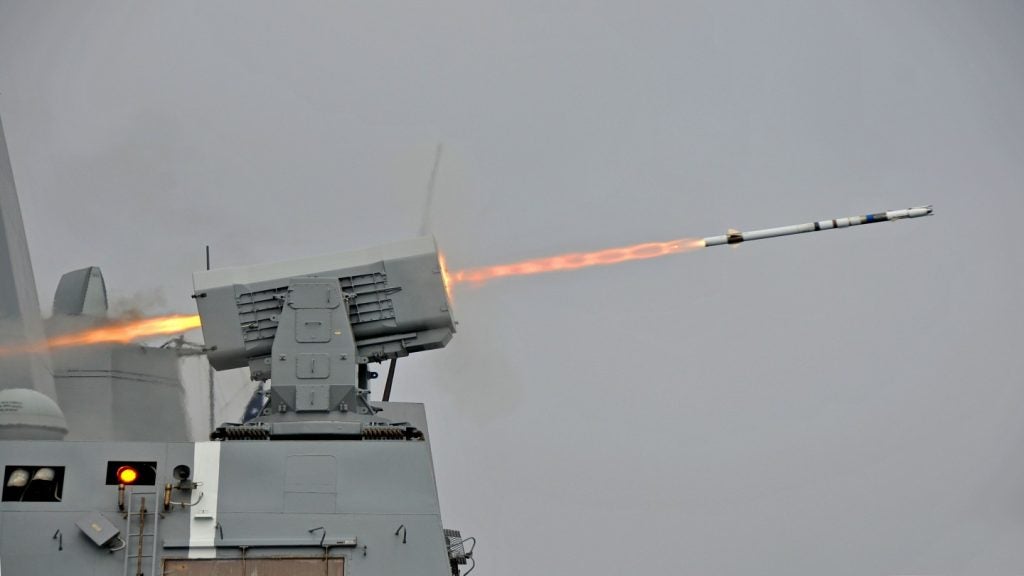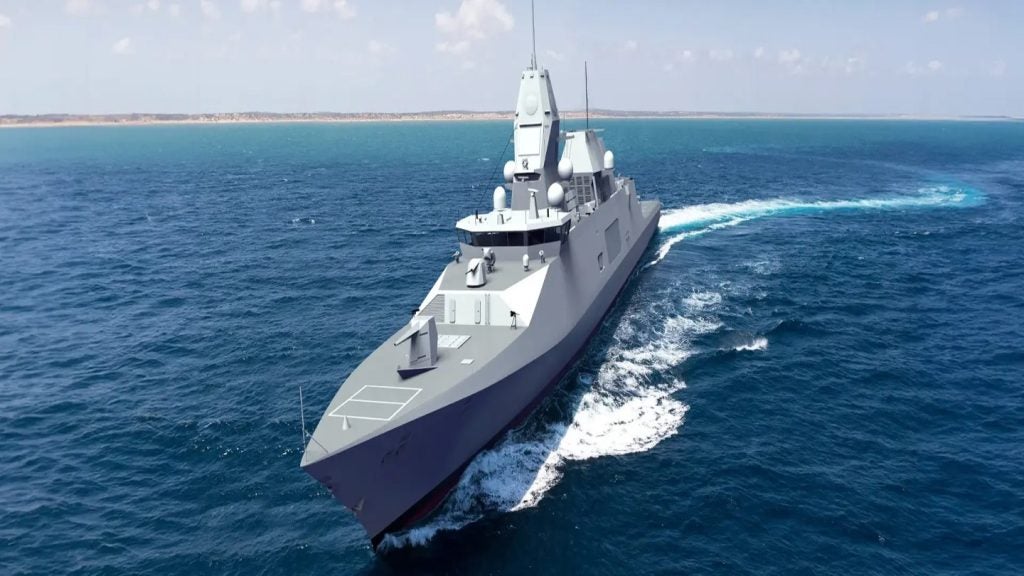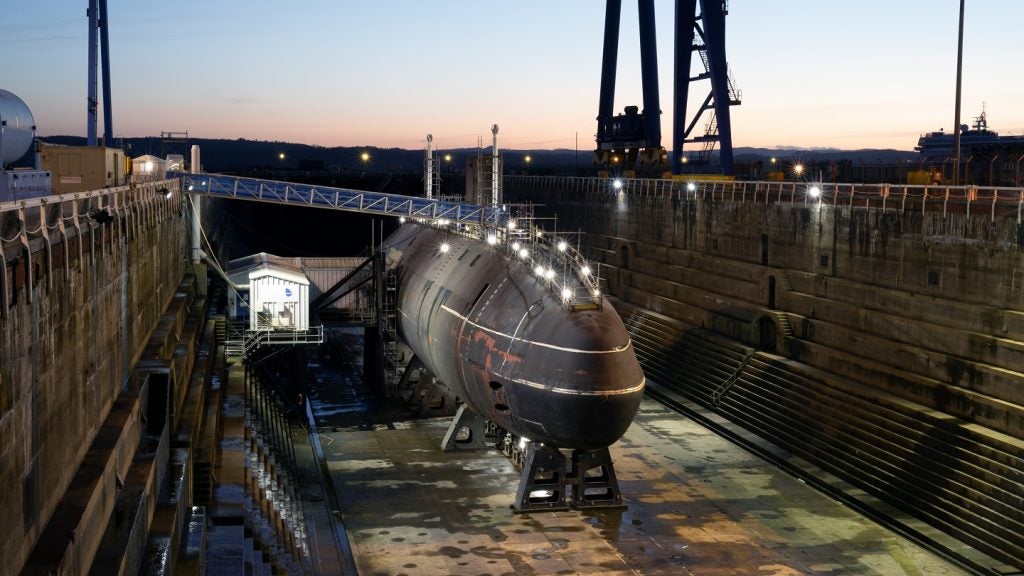
Naval Group is participating in the LAAD Defence & Security Exhibition, which is taking place from 11 to 14 April in Rio de Janeiro, Brazil.
The group is showcasing technologies for modern navies, offering submarines such as the Scorpène, surface ships such as the Gowind corvette and Belharra frigate, mine countermeasure vessels, and unmanned systems expertise.
Occurring every two years, the Latin American defence and security exhibition is an opportunity for companies to introduce or reinforce their presence in Brazil and Latin America, as well as to strengthen commitments with Brazil as a major industrial partner.
Naval Group appears to be taking on this opportunity by building on a framework begun in 2009. This was established within the French-Brazilian strategic defence cooperation agreement as the Brazilian Navy chose the Naval Group for its Programa de Desenvolvimento de Submarinos, or the ProSub programme.
The first of four submarines commissioned under this agreement was delivered last year, with the unveiling of the lead Scorpene-class attack submarine, Riachuelo S-40, during a ceremony in Itaguaí, Rio de Janeiro.
Brazil’s exclusive economic zone, known as the “Blue Amazon,” spans a vast 3.6 million square kilometres of the Atlantic coastline, equivalent to the surface area of the Amazon rainforest. In a move to safeguard its abundant marine biodiversity and energy resources, while also asserting its territorial sovereignty, Brazil has announced plans to bolster its submarine fleet with the addition of four new conventional submarines (SSK) and the creation of a domestically produced nuclear-powered submarine (SSN).
Naval Group is transferring significant levels of technology to Brazil to build and operate four conventional Riachuelo-class Scorpène submarines in a new shipyard and naval base, which was built in Itaguaí for this purpose.
The delivery of the second submarine in the series, which was launched in December 2020, is expected to take place by the end of this year.
Versatility key for Naval Group ocean-going and shallow vessels
The Scorpène submarine is designed for both ocean-going and shallow-water operations, and the vessel is capable of fulfilling a wide range of missions, including anti-surface and anti-submarine warfare, special operations, and intelligence gathering.
The latest generation of combat system carried by the Scorpène, SUBTICS has been developed for challenges in both blue and shallow waters. It is a modular and scalable technology for integration into new submarine platforms or incorporation with existing submarines as part of modernisation initiatives. With a total of 14 submarines of the class constructed worldwide, the Scorpène has proven popular with navies worldwide.
Naval Group has introduced Gowind as a solution to the security and defence challenges of the 21st century. The multi-mission Surface Combatant is a vessel of corvette size with a range of capabilities across other areas. The vessels can operate at a maximum speed of 25 knots and accommodate up to 65 crew members aboard.
The group strongly emphasise the adaptability of the vessel to a wide range of defence operations and maritime security roles, specifically crafted to combat air, naval, and underwater threats from the early stages of its development process. It is equipped with its latest generation of sensors and weapons, integrated through Naval Group’s SETIS Combat Management System. The naval defence company, Gowind, has achieved noteworthy commercial success with the sale of 12 units. The majority of these structures are constructed through the transfer of technology and collaborations with domestic businesses.
The Belharra frigate (FTI) is a combat vessel with a focus on digital capabilities and cybersecurity measures. Crafted for crisis management scenarios and high-intensity conflicts on the open seas, the compact frigate is again intended for a diverse range of missions, both independently and as part of a collaborative naval force, and is suitable for extended missions on the high seas and operations in coastal waters.
As a frigate with digital capabilities, Belharra has been primed for use in anti-air, anti-surface, anti-submarine, and asymmetric warfare, drawing on the operational experience gained with the French Navy. The frigate features technology that can be easily transferred and constructed locally and has enhanced the sovereign production levels of the countries that have acquired it. The French Navy FDI programme is set to complete the first of its five frigates in 2014, and the Hellenic Navy has also chosen the Belharra, announcing the intention to buy two FDI for $824m each in 2019.
Mine countermeasure vessels from Naval Group and Exail
In collaboration with Exail, Naval Group has recently introduced a range of mine countermeasures vessels, with drone projection technology that uses a remote position to minimise the risk to personnel and the mothership. Already acquired by Belgian and Dutch navies, this technology has provided a new solution for combating mines and grants a significant increase in speed and coverage for mined areas.
The newly developed mine countermeasures (MCM) vessels are equipped with advanced cyber security measures and are the first of their kind from the Naval Group to be able to deploy surface, underwater, and aerial drones. These surface drones include 18t vessels, embarked and launched from the MCM vessels. The mine countermeasures vessels are set to utilise a predominantly autonomous system to detect, classify, and neutralise mines, and possess the ability to endure underwater explosions and exhibit minimal acoustic, electrical, and magnetic signatures.
Naval Group will also be promoting its capabilities with unmanned naval combat systems, covering a range of applications, including surface, underwater, mine and seabed warfare, and their integration with armed vessels.
Naval Group has recently unveiled a range of unmanned naval systems, including the D2i, Sterenn Du, and Remorina. The company has developed an autonomous XL UUV demonstrator with long endurance capabilities and the potential to be armed. In addition to making additions to its product range, Naval Group is currently improving its multi-mission/multi-drone system to facilitate the integration of uncrewed systems into naval combat operations. Burgeoning fields of technology for the group include simulation, artificial intelligence, smart maintenance, and digital twin.








